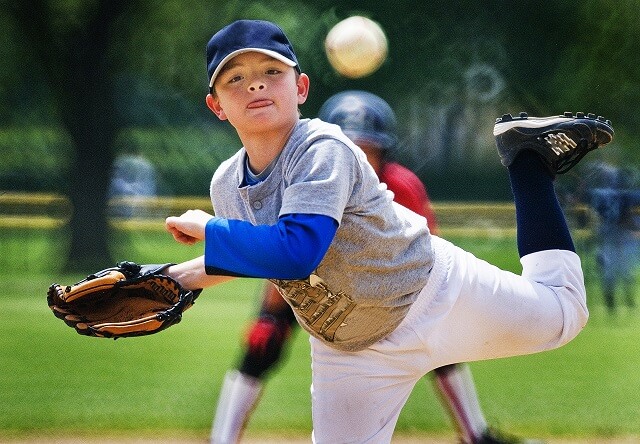Pitchers are a special breed, and as such they require preparation that is quite different from other athletes.
But while the arm is the main focus of attention for everyone watching the pitcher, the whole body and its development goes into every pitch that leaves his hand. Young pitchers, in particular, along with their parents often face confusion when deciding how to properly condition the pitcher’s body.
Many who pitch don’t go about their conditioning the correct way, and common misconceptions about it can stop pitchers short of their potential, says Ron Wolforth (www.TexasBaseballRanch.com), a long-time pitching trainer who is founder of Texas Baseball Ranch and author of Pitching with Confidence: A Parent’s Guide To Giving Your Elite Pitcher An Edge.
“Parents need to educate themselves and their athletes on proper conditioning and training specific to pitchers,” Wolforth says. “There are important things they and their kids can learn about how conditioning for a pitcher needs to be markedly different relative to athletes in other sports.
“Unfortunately, most baseball training falls way short in terms of being tailored to specific skill requirements. For example, too many are thrown in the weightlifting room with everybody else, and little attention is paid to the balance and structural alignment necessary.” Of course one key piece of equipment is a quality pitching net.
Wolforth offers these points that parents need to know about the conditioning of their pitcher:
-
Assessment. Before beginning conditioning, Wolforth recommends finding a well-qualified physical therapist for an assessment of the pitcher. “Seek out a PT who is certified to perform a Functional Movement Screening,” Wolforth says. “You as a parent want to know where your athlete may have possible limitations. How is their flexibility, stability, and other physical factors? After the assessment, request corrective exercises to take home regarding any limitation they find.”
-
Strength and mobility/flexibility. “You want to create a very specific type of strength and mobility/flexibility,” Wolforth says. “Every sport is unique in its requirements. A pitcher’s strength, balance, symmetry and structural alignment are absolutely critical. Because pitchers have to decelerate, developing parts of the pitcher’s body that slow down the arm actually may be more important in some cases than developing parts that speed up the body.”
-
Weightlifting. “Over 75 percent of high school players that I have witnessed were not ready for squats in the weight room,” Wolforth says. “Over 80 percent of all athletes who I observe can’t do 10 consecutive perfect pushups. Yet we funnel all these athletes into the same weight room, give them the exact same workout, and attempt to build strength. Adding strength in the wrong area is a bad idea. Follow the assessment and steer clear of any outside person who, without assessing the athlete, offers definitive answers on your athlete’s strength development.”
-
Running. Wolforth says long-distance running for conditioning reduces mobility and is a wrong fit for pitchers, yet many do it. “Baseball pitchers need strength and stamina, but they will not get the specific strength and stamina they need by running long distance,” Wolforth says. “The physical act of pitching a baseball is accomplished in less than two seconds. The athlete then has roughly 20 seconds to recover before repeating the explosion. Short sprints of 10-25 yards with 20-60 seconds of rest between reps are far superior to long, slow jogging.”
“Remember, pitchers don’t need the endurance of a marathon runner or an aerobics instructor,” Wolforth says. “They don’t need to focus on bulking up their arms. Proper conditioning is about bringing harmony to all the body parts combined in pitching, and it’s a process that evolves as the young pitcher’s body changes.”
About Ron Wolforth
Ron Wolforth (www.TexasBaseballRanch.com) is the founder and CEO of Texas Baseball Ranch in Montgomery, Texas. A long-time pitching trainer who’s been a consultant to numerous Major League Baseball organizations and NCAA baseball programs, Wolforth has written five books on pitching. His latest is Pitching with Confidence: A Parent’s Guide To Giving Your Elite Pitcher An Edge.

